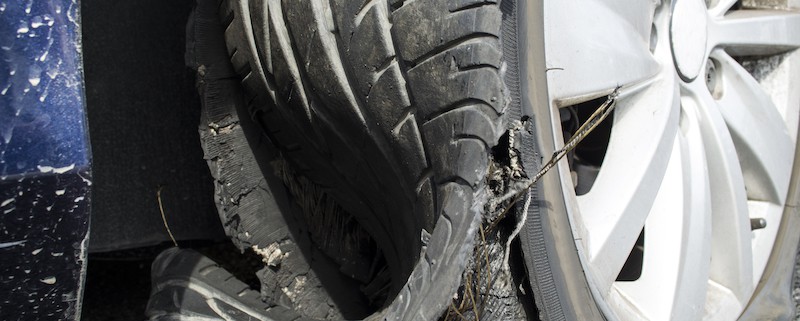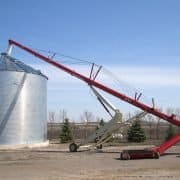Safety: tire explosions
When a rubber tire becomes overheated, a chemical reaction in the rubber called pyrolysis can occur. Pyrolysis causes the rubber to deteriorate. At a certain point, this deterioration can create a very rapid pressure increase inside the tire that can lead to a sudden and unexpected tire explosion.
The danger and possible causes
Pyrolysis can occur when heat is applied to a tire, such as when heating lug nuts using a blow torch.
Other heat sources include:
- Overheated brakes
- Aerosol tire inflators
- Welding on or near the tire
- Contact with electricity (e.g., from overhead power lines or lightning).
Once this chemical reaction starts, it can continue on its own even after the heat source is removed. Pyrolysis can last seconds or hours. There are no visible signs when it’s taking place until the explosion occurs.
The pressure inside the tire can increase to over 7,000 kPa (1,000 psi) before an explosion occurs. A tire can explode even if it’s not sealed on the rim. During the final seconds of the reaction, there is a rapid burst of energy that can even re-seal loose tires.
Identify safety controls
If you suspect pyrolysis may have started in a vehicle from overheated brakes, fire, or electrical contact, isolate the vehicle. Re-inflate heavy truck tires remotely using a clip-on air chuck. Keep at least 3 metres (10 feet) away, even if the tires are in safety cages. When inflating a tire, it is safer to face the tread than the rim.









